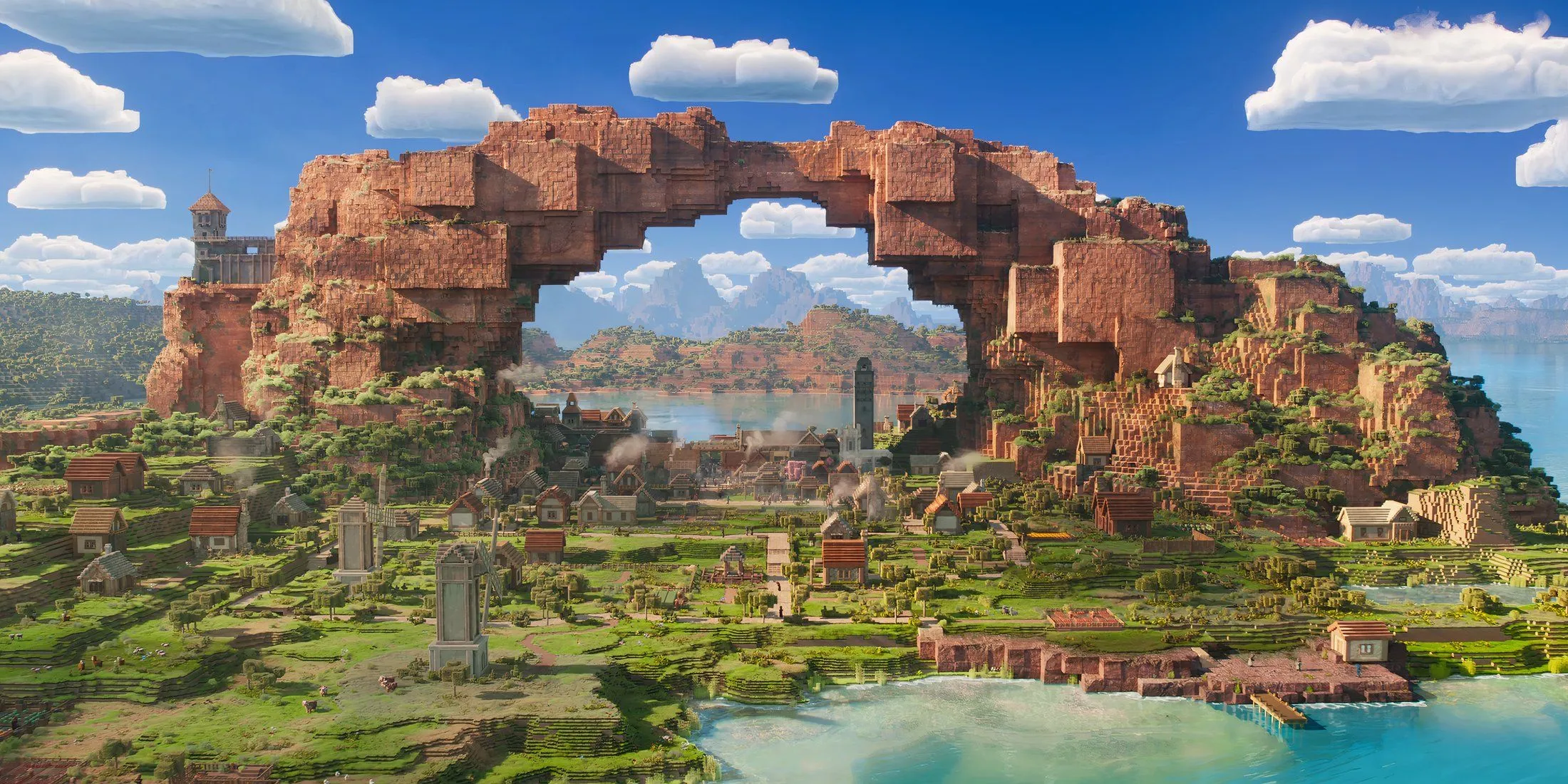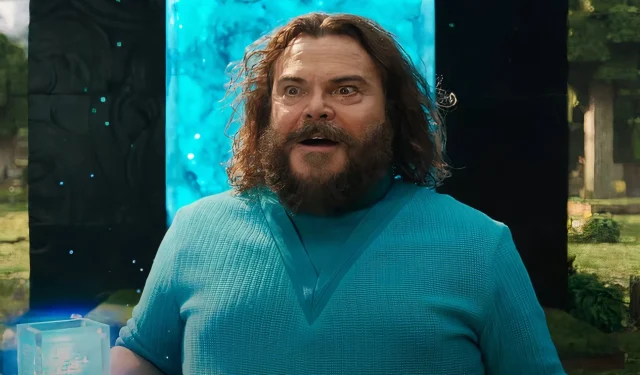Overview of “A Minecraft Movie”
- The film leans excessively on Earth-based scenes.
- It misinterprets key game mechanics, detracting from the essence of the video game adaptation.
- The narrative is weak overall, failing to capture the spirit of Minecraft.
A Minecraft Movie debuted in theaters, garnering predominantly negative and bewildered feedback from viewers. Prior to its release, the film sparked immense excitement online, particularly with its trailers. The casting of Jack Black as Steve was an unusual choice, given that the character in the game is a silent avatar designed for players to project themselves onto. However, fans largely embraced this decision, recognizing Jack Black’s popularity and his known affinity for gaming.
The trailers became instant internet sensations, especially the moments where Jack Black humorously references various in-game items, signaling the film’s lighthearted approach. Yet despite initial expectations for an entertaining, action-driven narrative, A Minecraft Movie ultimately falls short of its aspirations.
Excessive Focus on Earth Scenes
The film’s opening segment is primarily set in a fictional American suburb named Chuglass, where the audience is introduced to various characters before they venture into the Minecraft universe. While establishing context can be essential for character development, the movie’s prolonged stay on Earth ultimately dilutes its potential.
With a runtime of just 1 hour and 41 minutes, which is shorter than the typical feature film, it seems illogical for the story to invest so much time on Earth. Following the initial journey to the Overworld, the narrative inexplicably returns to Earth for the finale. Aligning a video game adaptation like Minecraft with a plethora of creative opportunities yet spending substantial screen time on mundane character backstory feels like a squandered chance.
Misrepresentation of Game Mechanics

Crafting Familiar Yet Incorrect Items
Upon entering the Overworld, the film diverges from key gameplay mechanics, particularly in its portrayal of crafting. The crafting scenes mimic gameplay but feature items that do not exist in the Minecraft universe. For instance, one character concocts a ‘potato launcher’ using tater tots, which raises questions about the film’s adherence to the game’s established rules. This deviation is compounded when another character, played by Jason Momoa, creates a bizarre bucket-nunchuck hybrid solely with iron from the Overworld.
Unfitting Mob Representations
The interpretation of Minecraft’s iconic ‘mobs’ also strays notably from the game’s established lore. While creative liberties can enrich storytelling, the film’s approach seems to overlook the fundamental workings of these entities. For example, a pivotal moment has the child protagonist, Henry, confronted by an Enderman. In the game, looking an Enderman in the eye incites aggression; however, the film opts for an incongruous approach where Henry experiences hallucinations instead. This deviation feels unnecessarily convoluted and lacks respect for the source material.
An Underwhelming Narrative Framework

The storyline of A Minecraft Movie is challenging to delineate, as it incorporates a series of haphazard action sequences and comedic interludes that ultimately detract from cohesive storytelling. The plot revolves around characters being unexpectedly transported to the Overworld through a portal, where they must aid Steve in rescuing his dog, Dennis, from the Nether Piglins. This familiar trope of unlikely allies banding together in an unfamiliar world could have been captivating, yet the film fails to infuse any meaningful Minecraft elements into this narrative framework.
Had the narrative leveraged the unique aspects of Minecraft, it could have transformed a conventional adventure story into a captivating cinematic experience. Instead, the film feels like a superficial reproduction of a generic storyline, punctuated only by occasional nods to the game, leaving many fans questioning the creators’ true dedication to the Minecraft legacy. The lack of genuine respect for fans of the iconic game comes across as an opportunistic endeavor to capitalize on a devoted fanbase.


